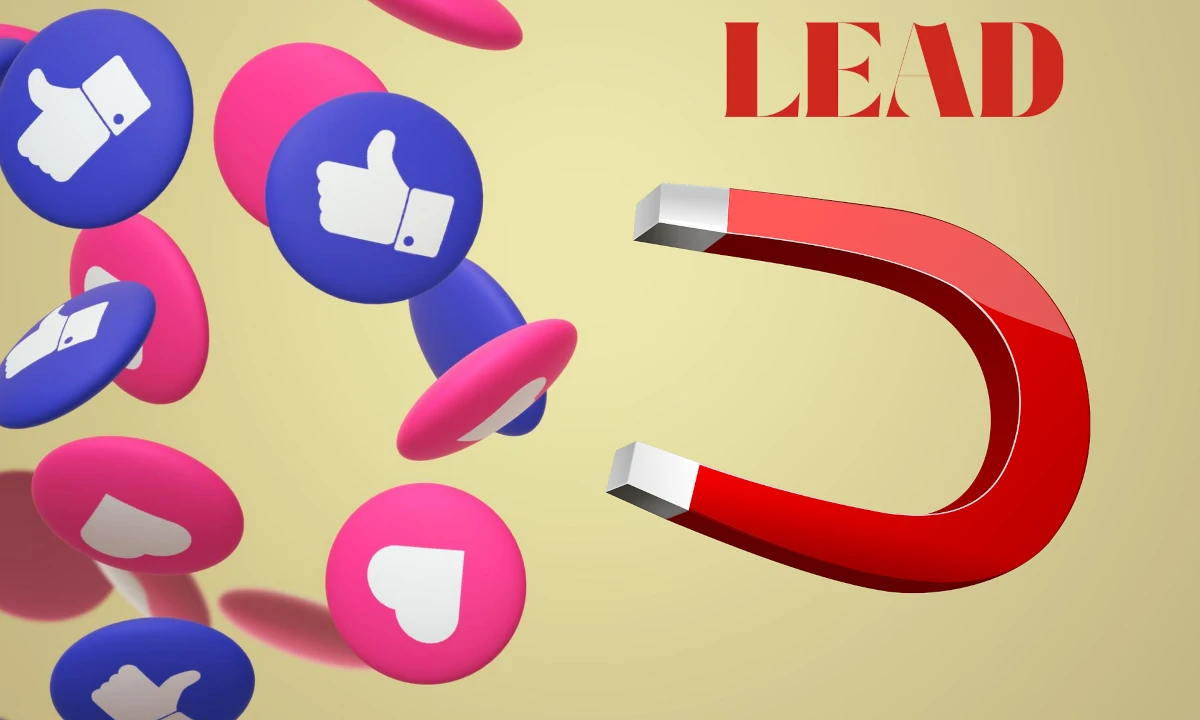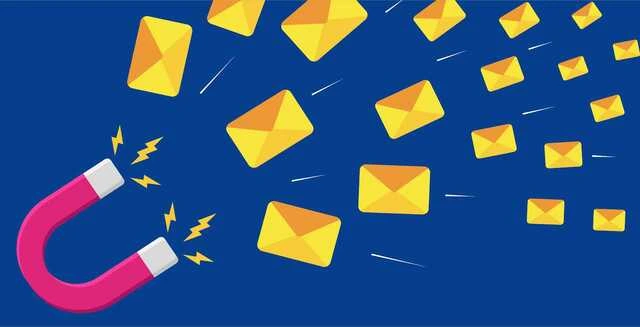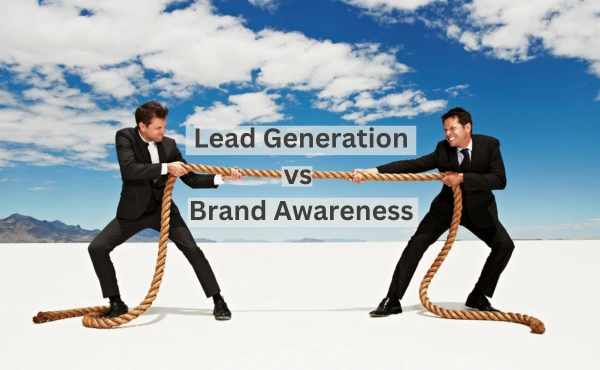Yes, Boost Inbox is designed to cater to businesses of all sizes and industries.
.webp)
When it comes to growing a business, understanding lead vs prospect is crucial. Both play important roles in the sales process, but they are not the same thing. Knowing how to handle each stage can make a big difference in converting potential customers into actual buyers. Let's dive into what makes them unique and how they drive conversions.
What is a Lead?

A lead is someone who has shown interest in your product or service. This could be through filling out a form on your website, subscribing to your newsletter, or downloading a free resource. Leads are potential customers, but they haven't yet shown a strong commitment to buying from you. They are at the top of the sales funnel, and while they may be interested, they need further nurturing to move down the funnel.
Key Characteristics of a Lead:
• Low engagement: Their interaction is minimal, like visiting your website or signing up for content.
• Unqualified: At this point, you don’t know whether they have the budget, need, or authority to make a purchase.
• Wide net approach: Marketing teams typically generate many leads through inbound campaigns to build awareness.
Leads are essential because they create a pipeline of potential buyers. However, not every lead will become a prospect, which means sales teams must qualify them further to identify viable opportunities.
What is a Prospect?
A prospect is a lead who has been qualified as a potential customer. This means they have been evaluated and deemed likely to make a purchase based on certain criteria, such as budget, need, and decision-making authority. Prospects are further along in the sales process than leads. They have shown a higher level of interest and are more likely to convert into paying customers.
Key Characteristics of a Prospect:
• Higher engagement: They have taken more deliberate steps, such as requesting a demo or engaging with a sales representative.
• Qualified: Prospects meet certain benchmarks based on factors like their need, budget, and timeline.
• Positioned further down the funnel: They are closer to making a purchasing decision, requiring targeted communication from the sales team.
Prospects are the focus of sales efforts because they offer a higher chance of conversion compared to leads.
Why the Difference Matters
Understanding the difference between leads and prospects is important because it helps businesses focus their efforts more effectively. By identifying and nurturing prospects, companies can increase their chances of converting them into paying customers.
The Key Differences Between Leads and Prospects
1. Level of Engagement
- Leads have shown general interest without committing to any specific interaction.
- Prospects actively engage and signal their intention to explore your offerings further.
2. Qualification
- Leads are unqualified and need nurturing through marketing campaigns.
- Prospects have been qualified based on their needs, authority, and alignment with your product.
3. Intent to Purchase
- Leads may or may not have buying intent, and their interest could be exploratory.
- Prospects demonstrate a clearer intent to purchase and are further along in their decision-making process.
4. Position in the Funnel
- Leads are at the top of the funnel, where the goal is to generate awareness.
- Prospects are mid-to-lower funnel, where the focus shifts to conversion and closing deals.
(Sources: FlashIntel, SalesRoads, Growleady)
How Leads Drive Conversions
Leads are the first step in the sales process. They indicate interest, but they need to be nurtured to become prospects. Here are some ways leads can be converted into prospects:
Engagement
Engaging with leads through emails, social media, and other channels can help build a relationship and move them closer to becoming prospects.
Strategies for Engagement:
Email Marketing: Sending targeted emails with valuable content can nurture leads and keep them interested in your product or service. According to the Direct Marketing Association, email marketing has an average ROI of 4,300%.
Social Media Interaction: Engaging with leads on social media platforms can build trust and credibility. Sharing relevant content and responding to comments and messages can keep leads engaged.
Content Marketing: Providing valuable content, such as blog posts, ebooks, and webinars, can educate leads about your product or service and address their pain points.
Follow-Up
Regular follow-up with leads can keep them interested and show that you are invested in their needs.
Effective Follow-Up Strategies:
Automated Email Sequences: Setting up automated email sequences can ensure consistent follow-up with leads. These emails can provide additional information, answer common questions, and highlight the benefits of your product or service.
Personalized Follow-Up: Personalizing follow-up emails or calls can make leads feel valued. Mentioning specific details from previous interactions shows that you are paying attention and are genuinely interested in helping them.
Timely Responses: Responding promptly to inquiries or requests for information can demonstrate your commitment and reliability.
How Prospects Drive Conversions

Prospects are more likely to convert into customers because they have already shown a higher level of interest and fit the criteria for making a purchase. Here are some ways prospects can be converted into customers:
Personalized Communication
Personalized your communication to address the specific needs and concerns of prospects can make them feel valued and understood.
Techniques for Personalized Communication:
Segmentation: Segmenting prospects based on criteria such as industry, company size, or pain points allows for more targeted communication. According to Mailchimp, segmented email campaigns have a 14.31% higher open rate than non-segmented campaigns.
Customization: Personalizing emails or calls with the prospect's name, company details, and specific challenges they face can make your communication more relevant and impactful.
One-on-One Meetings: Offering to meet with prospects individually to discuss their needs and demonstrate how your product or service can help can build trust and rapport.
Demonstrations
Offering product demonstrations or free trials can give prospects a firsthand experience of your product or service, increasing their likelihood of purchasing.
Benefits of Product Demonstrations:
Hands-On Experience: Allowing prospects to try your product or service helps them see its value and how it can address their specific needs.
Interactive Presentations: Demonstrations can be interactive, allowing prospects to ask questions and see the product in action. This can address any concerns and build confidence in your offering.
Conversion Rates: According to a report by GetAccept, interactive presentations and product demos can increase sales conversion rates by up to 30%.
Incentives
Providing incentives, such as discounts or special offers, can motivate prospects to make a purchase.
Types of Incentives:
Limited-Time Discounts: Offering a discount for a limited time can create a sense of urgency and encourage prospects to take action.
Free Trials: Allowing prospects to try your product or service for free can reduce the perceived risk and make them more likely to convert.
Bonus Offers: Providing additional benefits, such as free training or support, can add value and make your offer more appealing.
Key Statistics and Expert Opinions
According to a study by Marketo, 67% of leads are lost due to a lack of follow-up. This highlights the importance of nurturing leads and moving them through the sales funnel. Additionally, HubSpot reports that companies that excel at lead nurturing generate lead 50% more sales-ready leads at a 33% lower cost.
Experts agree that understanding the lead vs prospect is crucial for effective sales strategies. As Jill Bruno from RocketReach states, "Without a thorough understanding of your pipeline stages, it can easily get cracked—leaking valuable leads that could have become loyal customers".
Conclusion
In summary of lead vs prospect, both are essential in the sales process, but they require different approaches to drive conversions. By effectively engaging with leads and nurturing them into prospects, businesses can increase their chances of converting them into paying customers. Understanding the unique needs and behaviors of each stage is key to successful sales strategies.
What to read next
Absolutely! Boost Inbox is compatible with most major email service providers.
The warmup process duration may vary depending on your email volume, but it typically ranges from a few days to a couple of weeks.
Yes, Boost Inbox offers dedicated customer support to assist you throughout the warmup process.
While it's possible, it's best to start the warmup process from the beginning with Boost Inbox for optimal results.

